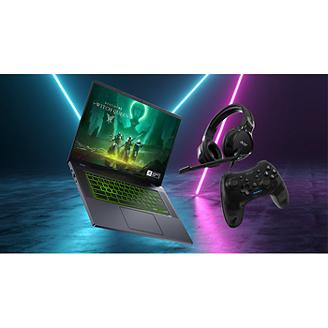The opinions expressed on Acer Community are the personal opinions of the authors, not of Acer. By using this site, you accept Acer's Privacy Policy and the Acer Community User Agreement.
Products expand_more
Support expand_more
Resources expand_more
About Acer expand_more
Sustainability expand_more









